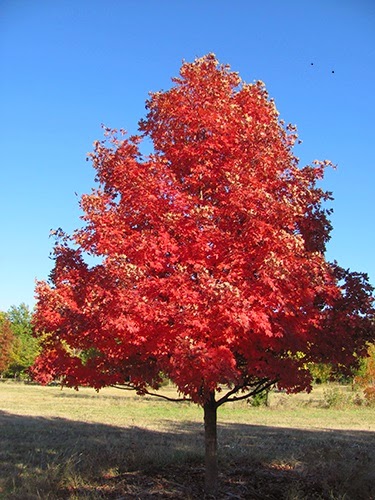Stripe rust has arrived in the wheat!
Sandra Wick, Crop Production Agent
Well, the wheat crop is well
ahead in its growth and development for this time of year and producers should
be scouting for diseases that are showing up in all parts of the state.
So what does this mean for wheat growers in Kansas? The early
reports of stripe rust and some leaf rust are cause for concern as the risk of
disease outbreaks and disease-related yield loss increases dramatically when
the rust becomes established in the state prior to heading according to Dr.
Erick DeWolf, K-State Research and Extension plant pathologist. There are reports of increasing disease in
southern and central Kansas with stripe rust along with fields in northcentral
Kansas. If weather conditions are
right, the disease may move into more fields.
Recently, I scouted several wheat fields in NC Kansas and did find
stripe rust and in all counties, of the Post Rock District, in some degree
depending on the variety. But mostly on
the lower canopy of the wheat plants.
What might growers consider doing to prepare for possible disease
problems? The most important thing
growers can do, at this stage, is check their fields for disease. Scouting can
certainly help determine critical decisions about fungicides. Checking wheat
varieties reaction to rust can help growers set priorities for scouting.
Everest is widely planted in most areas of the state and is susceptible to
stripe rust and should be monitored carefully for symptoms of stripe rust.
However, there are varieties that are also grown that have resistance such as
KSU 1863 and Grainfield along with LCS Mint and KanMark. K-State Research and Extension has an
excellent publication, “Wheat Variety Disease and Insect Ratings for 2015” that will
provide ratings for disease resistance or susceptibility of many Kansas wheat
varieties. This is available online or
at your local Extension Office. There is
also a KSU Fact Sheet available, “Wheat
Stripe Rust” at the following website http://bit.ly/20ObKlO
and at your local Extension Office.
Producers should begin to gather
information about fungicide options as there are excellent products available.
However, the price of these products and applications will be particularly
important this year, because the value of wheat is lower compared to some
recent years.
So what does this mean for spraying a fungicide? Do NOT get in a big hurry to spray a
fungicide application.
Stripe Rust in Headed Wheat
The timing of these applications is also
very important. KSU research has shown
that a single fungicide application
applied between boot and flowering stages of development results in the maximum
yield benefit, thus protecting the flag
leaf which is your primary concern. Fungicide applications made prior to
jointing, followed by a second application may also be an option. However, in
K-State tests, these two application programs rarely result in much additional
yield. It is the second application, between boot and flowering, that does the “heavy lifting” in terms of yield
response. Also keep in mind that label restrictions often specify the total
amount of active ingredient that can be applied to a crop. Using a low-cost
option early could limit the product options later in the season when a second
application is needed to protect the upper leaves, especially the flag
leaf. The efficacy or residual for most
fungicides is 21 days.
So it is a wait and see
game. It may be that the
"right" conditions will not happen to enable the stripe rust to
continue to develop. Moisture and
temperature are key factors. Rainfall
isn't always needed to stimulate rust growth, simply dew can do the same. Daytime temperatures of 60-70 degrees F. and
night time temperatures above freezing enable the rust to continue to develop. For further information on disease management in your wheat,
contact me at any Post Rock Extension District Office in Beloit, Lincoln,
Mankato, Osborne or Smith Center.









